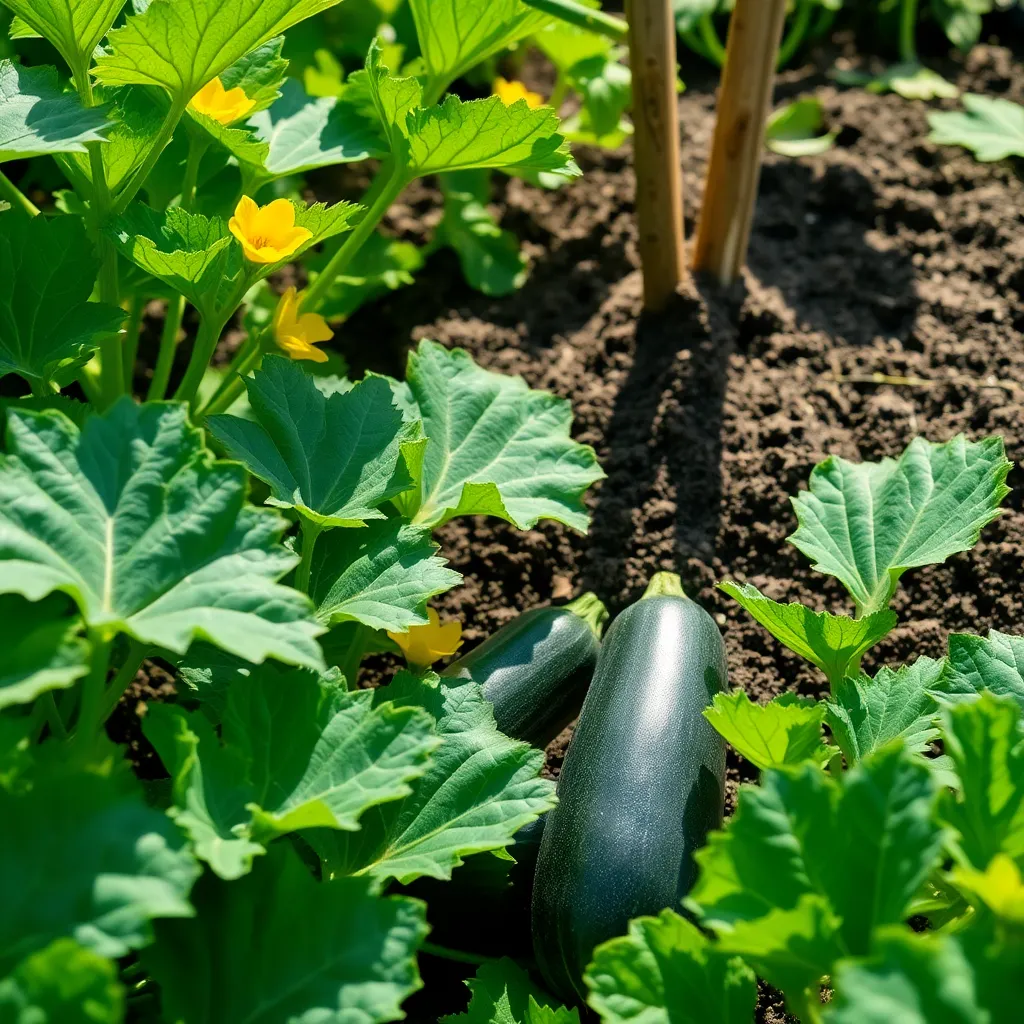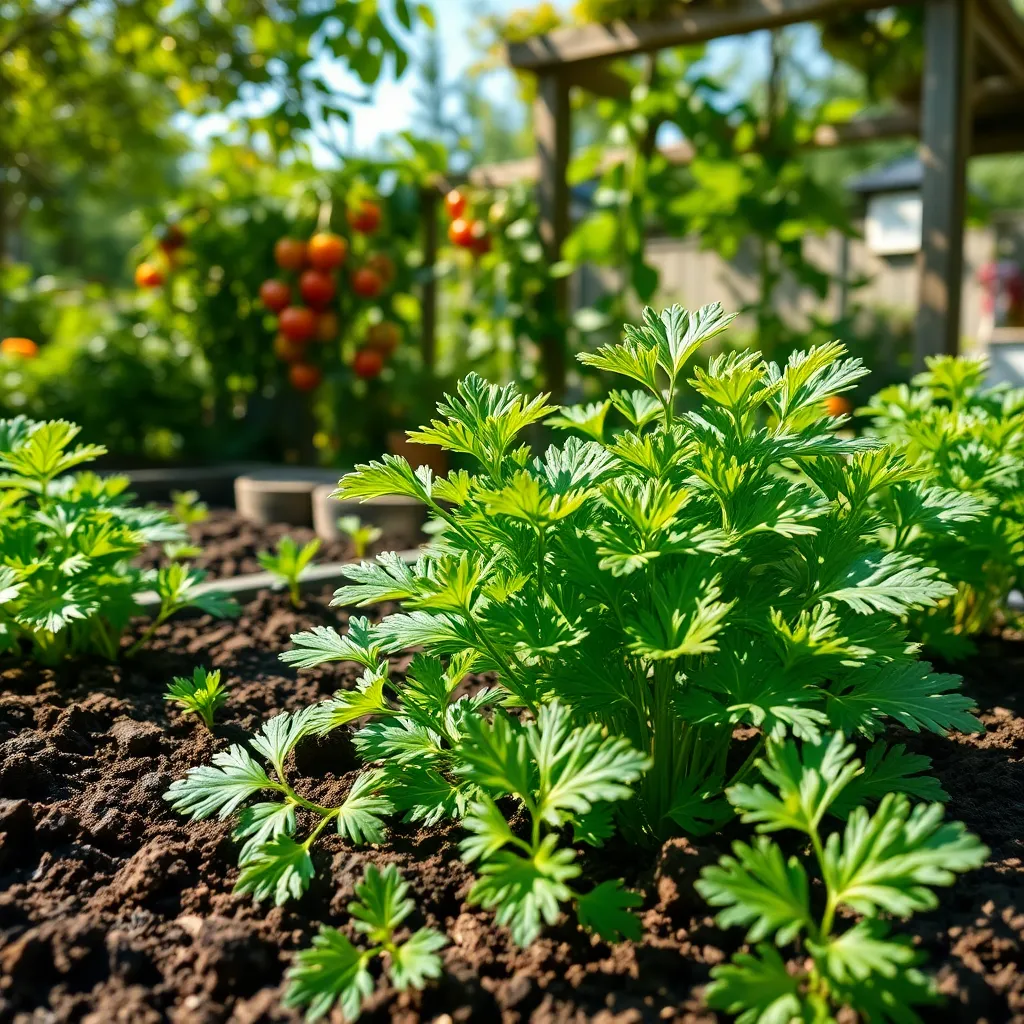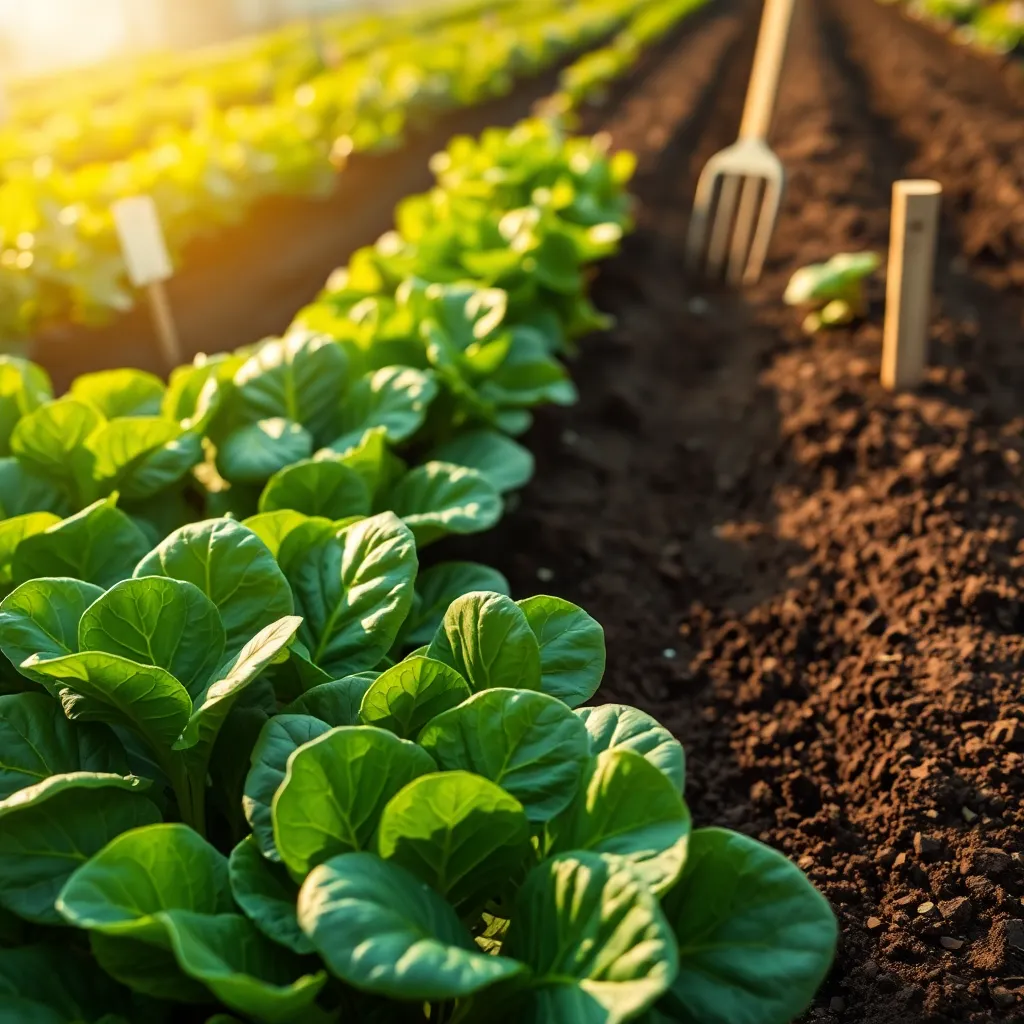Welcome to the wonderful world of vegetable gardening, where the thrill of growing your own produce begins with the foundation beneath your feet: the soil. Whether you’re a novice gardener just dipping your toes into the dirt or a seasoned green thumb looking to refine your techniques, understanding the best soil for growing vegetables is the key to unlocking a bountiful harvest. This guide is your trusty companion on this journey, offering insights that cater to all levels of expertise.
Delving into the intricacies of soil composition might seem daunting, but fear not, as we break down the essentials into digestible, actionable steps. By exploring the best soil types for a variety of vegetables, you’ll gain practical knowledge that translates directly to healthier plants and tastier produce. Imagine biting into a juicy tomato or crisp carrot, knowing it was nurtured by your own hands—and the perfect soil. With this guide, you will not only enhance your gardening skills but also cultivate a deeper connection to the earth, fostering both confidence and joy in your gardening endeavors.
Carrots (Nantes Varieties)

When growing Nantes carrot varieties, choosing the right soil is essential for their characteristic sweet flavor and cylindrical shape. Loamy soil with good drainage is ideal, as it prevents waterlogging that could lead to root rot.
To ensure optimal growth, the soil should be loose and free of debris, which allows the carrot roots to grow straight and unimpeded. Working organic matter, such as well-rotted compost, into the soil can enhance its texture and nutrient content.
Maintaining a steady moisture level is crucial for Nantes carrots, so watering should be regular but not excessive. A mulch layer can help to retain soil moisture and keep temperatures consistent, promoting healthy development.
For gardeners with heavy clay soil, consider building raised beds to improve drainage and warmth. Adding sand to clay soil can also aid in achieving the loose texture that carrots prefer.
Lettuce (Butterhead)

Butterhead lettuce is a popular choice for home gardeners due to its tender texture and mild flavor. To create the best soil environment, aim for a well-draining mix rich in organic matter, such as compost or aged manure.
It’s crucial to maintain a soil pH between 6.0 and 7.0 for optimal growth. Regularly test your soil and amend it with lime to raise the pH or sulfur to lower it, ensuring your plants have the ideal conditions.
For beginner gardeners, keeping the soil consistently moist is key to preventing bitter leaves. Water your lettuce deeply once or twice a week, adjusting for rainfall, to encourage healthy roots without waterlogging.
Experienced gardeners can experiment with mulching to conserve moisture and reduce weed competition. Applying a layer of straw or shredded leaves around your lettuce plants can significantly enhance their growth and productivity.
Zucchini (Black Beauty)

When growing Zucchini (Black Beauty), selecting the right soil is crucial for a bountiful harvest. This variety thrives in a well-draining, fertile soil with a pH level between 6.0 and 7.5, which encourages robust plant growth.
To enrich the soil, incorporate plenty of organic matter such as aged compost or well-rotted manure before planting. This amendment not only improves soil structure but also provides essential nutrients that black beauty zucchinis need for optimal fruit development.
Ensure your zucchini plants receive consistent moisture, as irregular watering can lead to fruit deformities. Water deeply once a week, allowing the soil to dry slightly between waterings to prevent root rot, especially in heavy soils.
For those looking to maximize yield, consider using a mulch layer around the plants. Mulching helps retain soil moisture and suppress weeds, creating a healthier environment for your zucchini to thrive.
Parsley (Italian Flat Leaf)

Italian Flat Leaf Parsley thrives best in well-draining soil enriched with organic matter. A loamy soil with a pH level between 6.0 and 7.0 is ideal for this herb, ensuring it receives the nutrients it needs for lush growth.
Amending the soil with compost or well-rotted manure can significantly enhance its fertility and moisture retention. If your garden soil is heavy clay or too sandy, mixing in organic matter will improve its structure and drainage capabilities.
When planting parsley, make sure to space the seeds or seedlings about 6 to 8 inches apart to allow adequate air circulation. This spacing helps prevent diseases and ensures each plant has enough room to grow to its full potential.
Consistent moisture is crucial, so water parsley regularly, especially during dry spells, to keep the soil evenly moist but not waterlogged. Mulching around the plants can help retain soil moisture and suppress weeds, making maintenance easier.
For more experienced gardeners, consider succession planting every few weeks during the growing season to ensure a continuous supply of fresh parsley. This technique not only extends your harvest but also keeps your herb garden vibrant and productive.
Spinach (Bloomsdale)

Spinach, particularly the ‘Bloomsdale’ variety, thrives best in well-draining, nutrient-rich soil. Loamy soil, which is a balanced mix of sand, silt, and clay, provides the perfect environment for this leafy green.
When preparing your garden bed, ensure the soil has a pH level between 6.0 and 7.5, which is optimal for spinach growth. Adding organic matter such as compost or well-rotted manure can enhance soil fertility and improve its structure.
Watering is crucial for ‘Bloomsdale’ spinach, especially since it prefers consistent moisture to prevent bolting. Aim to keep the soil evenly moist but not waterlogged, which can be achieved by applying a layer of mulch to retain soil moisture and control weeds.
For advanced gardeners looking to maximize yield, consider implementing a crop rotation strategy to maintain soil health. Rotating with legumes such as peas can naturally replenish nitrogen levels, benefiting spinach growth in subsequent planting cycles.
Conclusion: Growing Success with These Plants
In nurturing the fertile grounds of relationships, much like selecting the best soil for growing vegetables, we covered five key concepts: understanding compatibility as the foundation, nurturing communication like watering the soil, fostering trust akin to enriching with nutrients, addressing conflict as you would weeds, and ensuring growth through shared goals. Each element plays a vital role in sustaining a flourishing bond.
To put these insights into action, consider assessing your current “relationship soil.” Identify areas that need more attention, whether it’s enhancing communication or setting mutual goals, and take the first step toward improvement today.
As you embark on this journey, remember to bookmark this article for easy access to these essential concepts whenever you need guidance. By doing so, you equip yourself with the tools to cultivate a thriving relationship garden.
Looking ahead, embracing these practices promises a vibrant and enduring partnership, one where both partners can grow and flourish together. Empowered with this knowledge, your relationship is poised not just to survive but to truly thrive.
